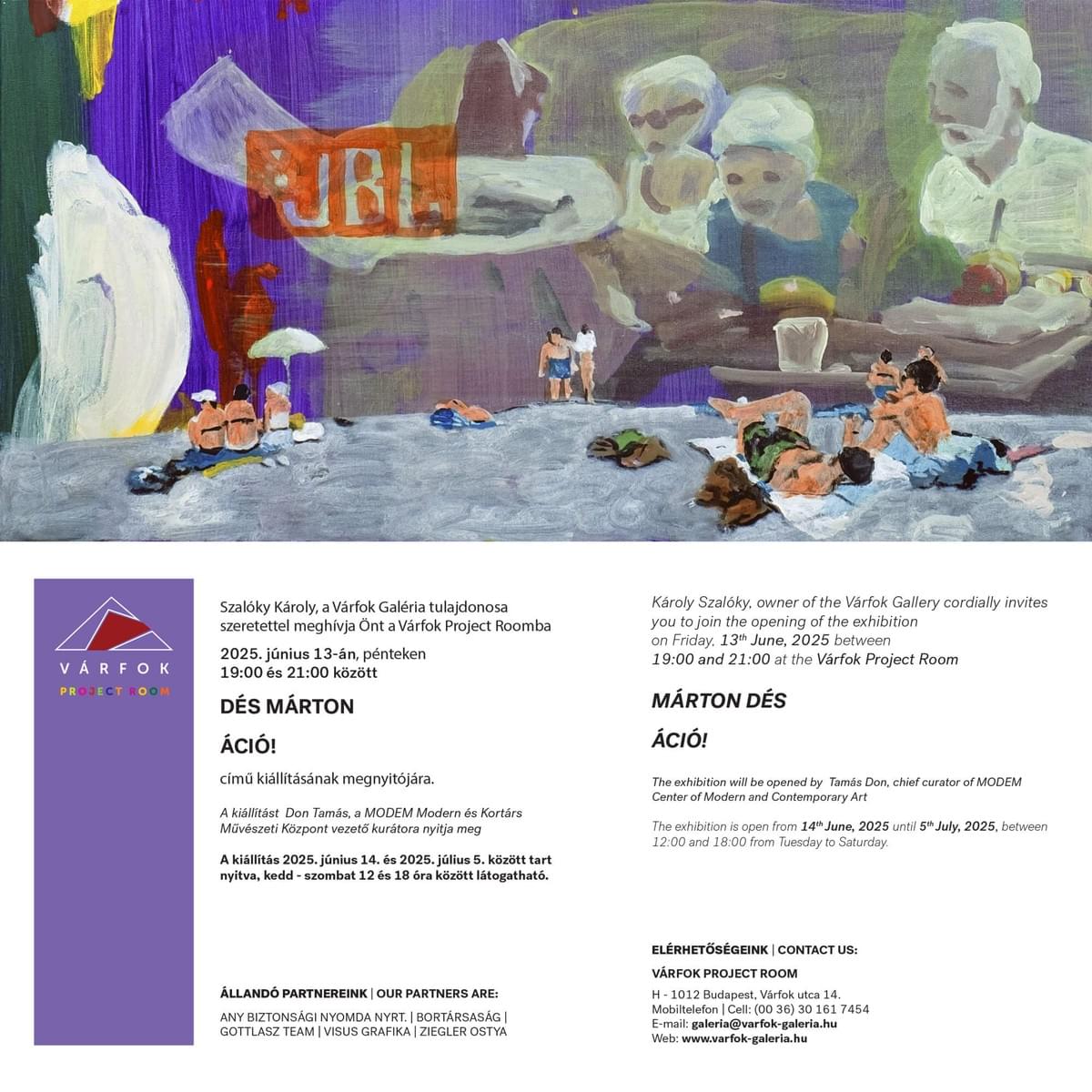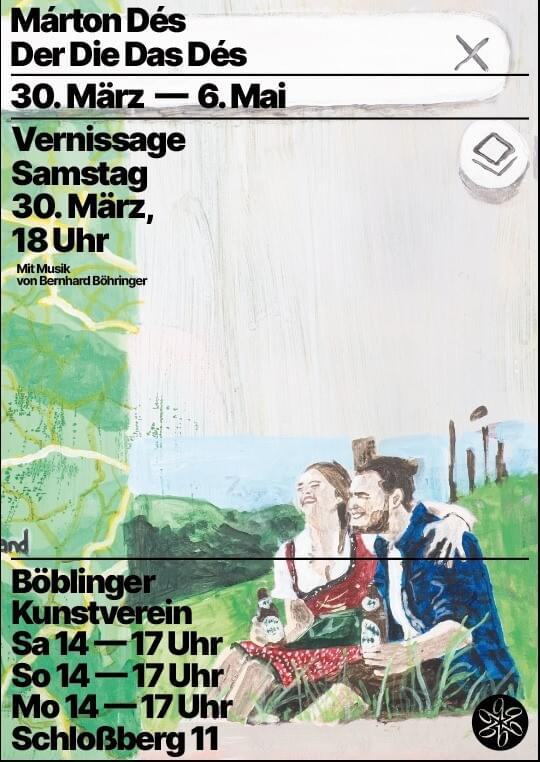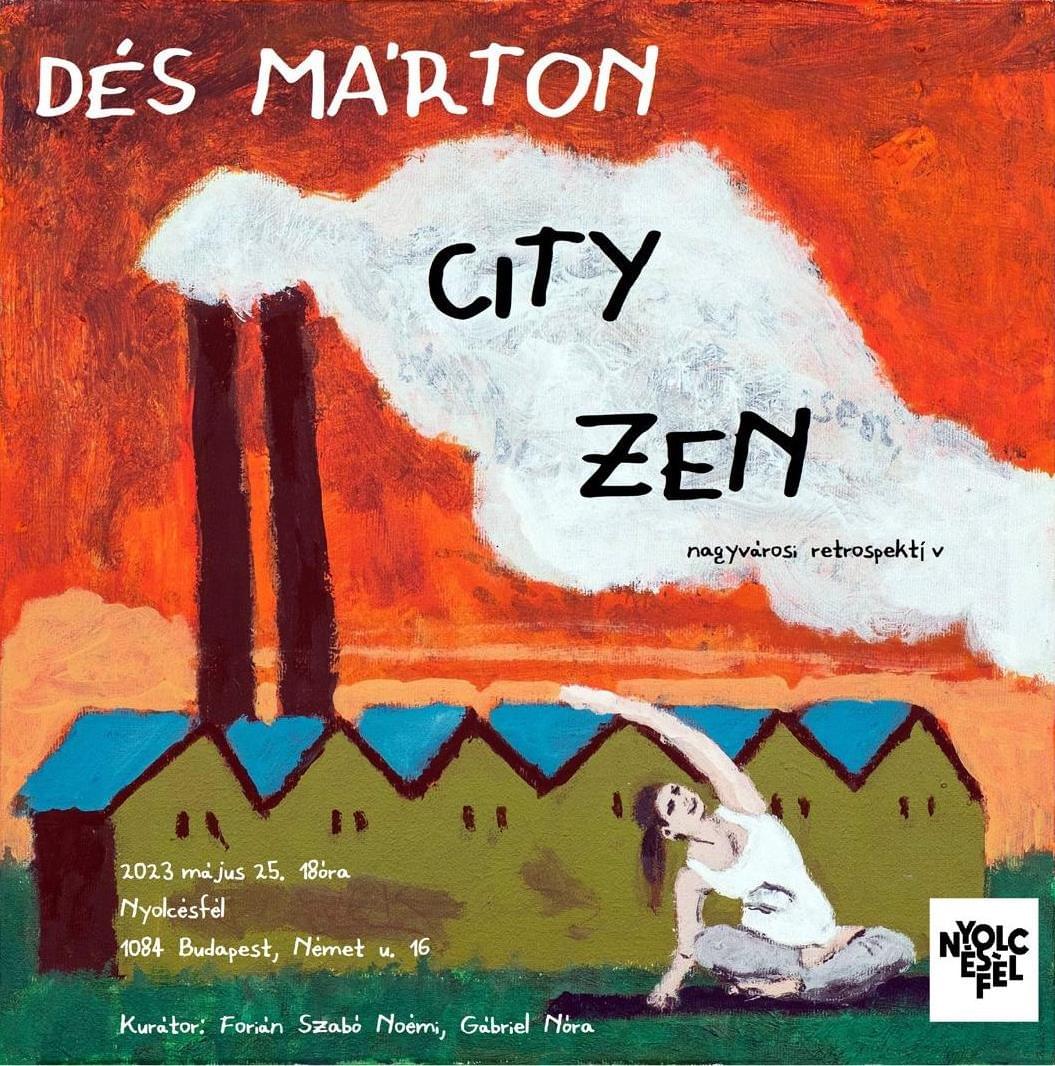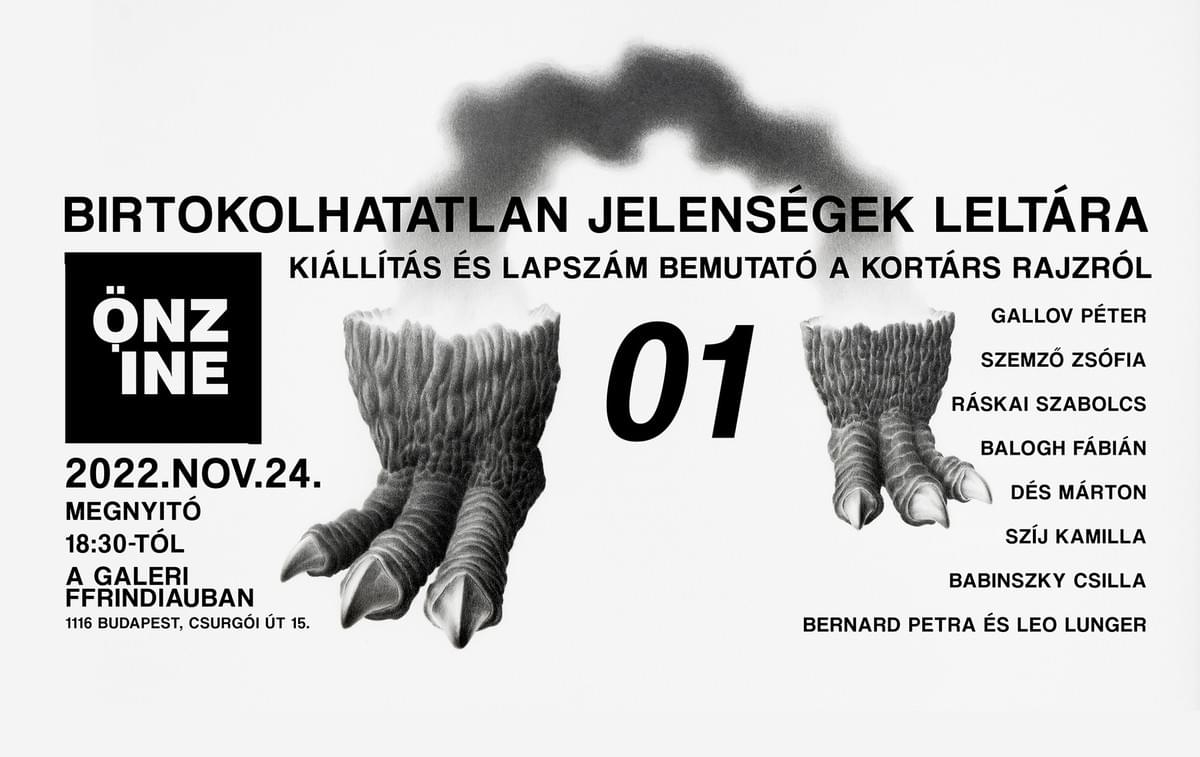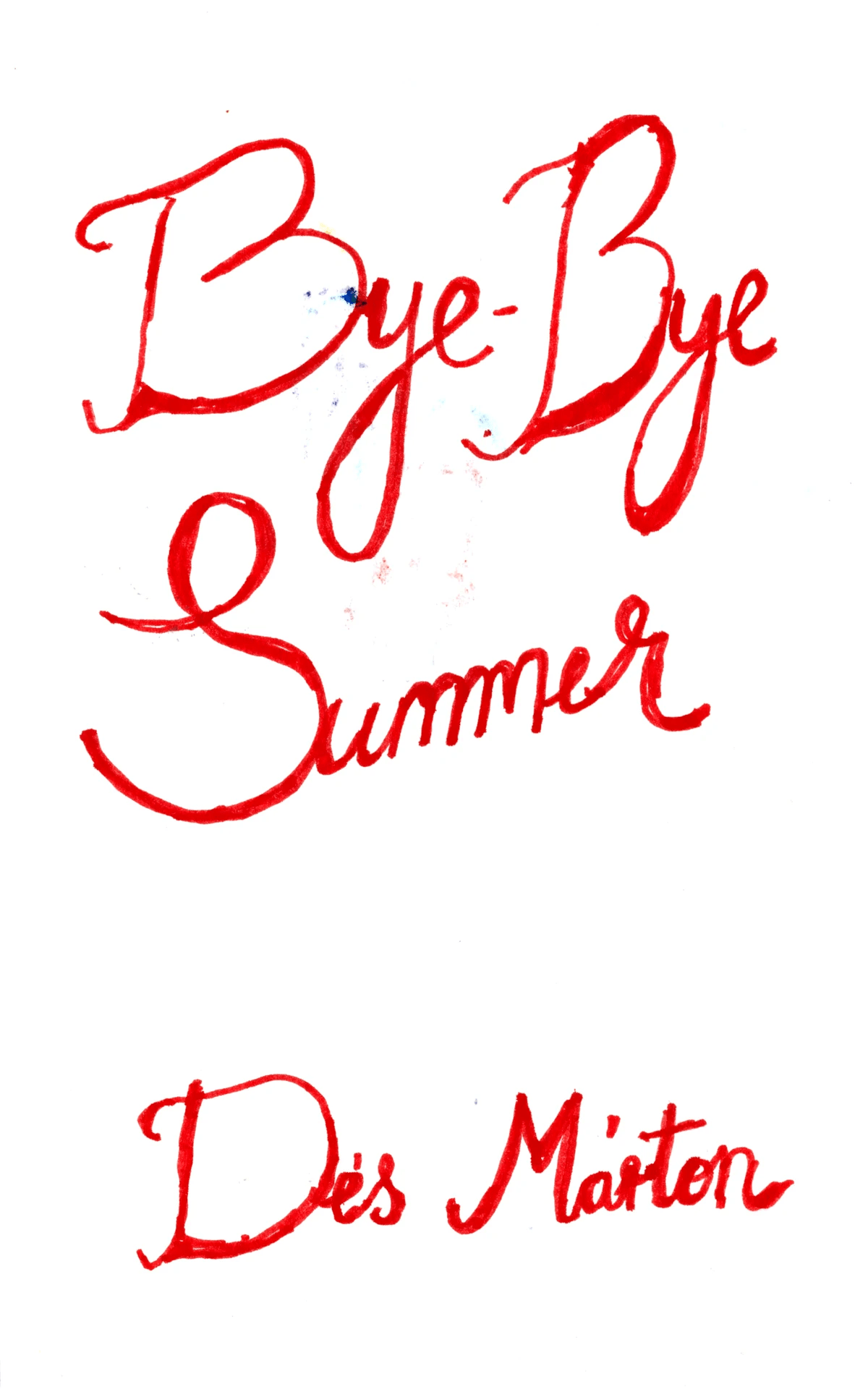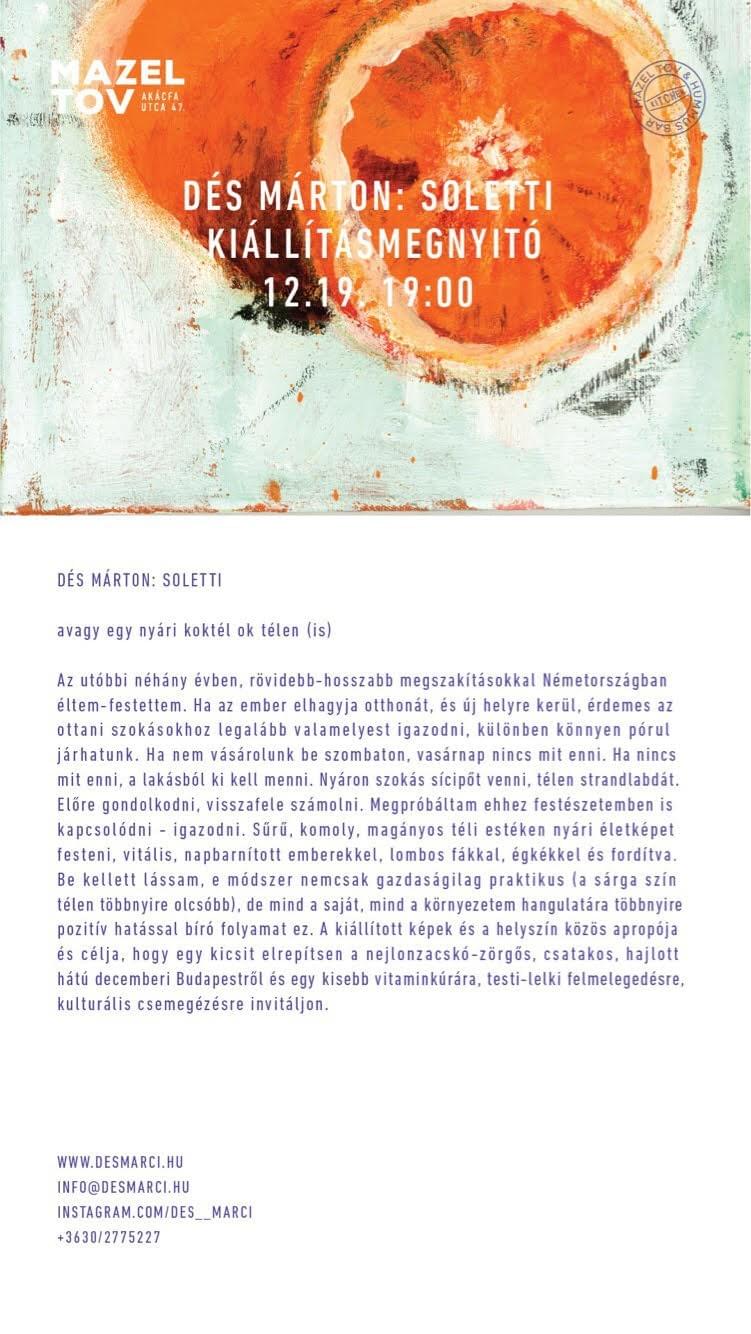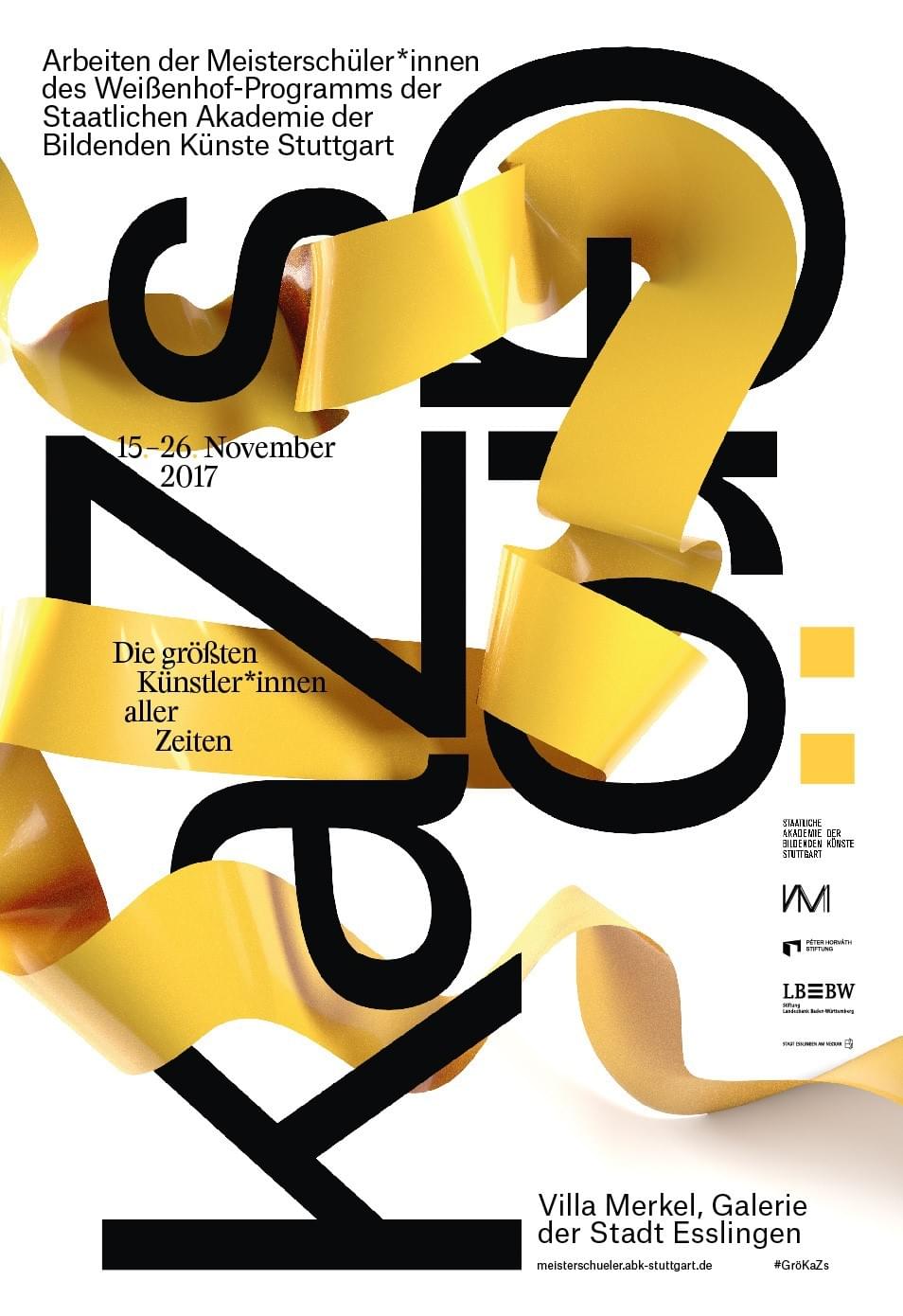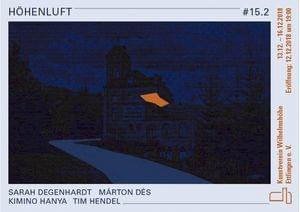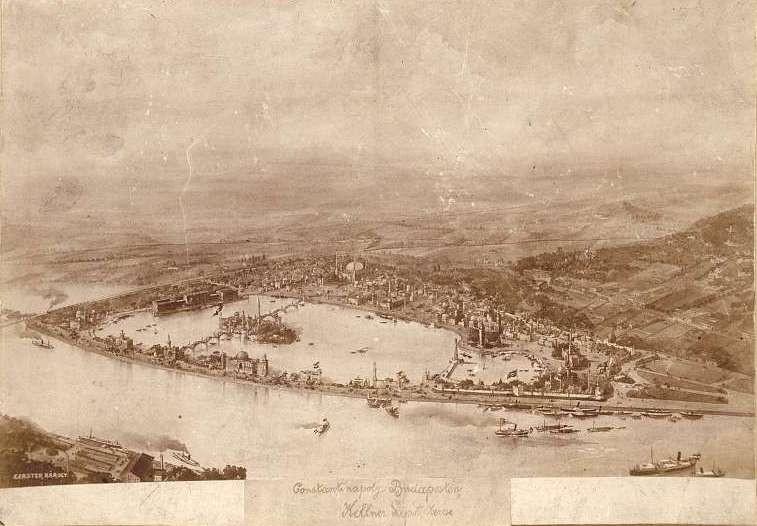
- DRAWINGS AND SKETCHBOOKS
- …
- DRAWINGS AND SKETCHBOOKS
- Login
- DRAWINGS AND SKETCHBOOKS
- …
- DRAWINGS AND SKETCHBOOKS
- Login
Áció!
Várfok Projekt Room, 2025. 06.13.-05.07. Budapest
Fotos: Alíz Endrész
In his works, Márton Dés (b. 1987) transposes reality playfully and
sociographically, sometimes in the form of painted pictorial
representations, sometimes in the form of textual drawings. In his
works, he captures with childlike wonder the contradictory, bizarre, and
mundane phenomena of our lives, which are so familiar to us that we
pass them by unnoticed. He documents, collects and reveals. Alongside
the visual representation, texts often appear in the pictorial space,
various visual clichés and humorous scenes blur the boundaries of
everyday events and phenomena.The images in ÁCIÓ! do not reflect the mood of anticipation that precedes
grand journeys, weddings or significant anniversaries. It is the
simplicity and attention to detail of waiting in the schoolroom for the
big V to appear on the blackboard and a new era to begin.1 We recall the
idyllic scenes of summer as almost chilling - a time when this season
was one with the carefree months between two school years. We cherish
the memory of Lake Balaton, which seemed even deeper then, less of the
majestic body of water, the dangerous dive or a powerful wave, and more
of the time spent on the shore, scanning the landscape and hearing the
summer's hits. It's when we read the ingredients of a product on the
packaging, when we observe people we don't know at first sight, when we
observe seemingly uninteresting everyday scenes with a keener eye than
usual, when we do something with them - just like Márton Dés.The artist uses as sources his own photographs, illustrations from travel
guides, reproductions of old tourist publications and magazines. He
mixes the visual world of these with the objects, inscriptions and texts
that surround us. These texts are reminiscent of the lyrics of hip-hop
and rap songs, with a few letter changes, diverted in meaning. The label
of a soft drink or an advertisement for a medicine remain in our
memories as markers of an era. Advertising, ingredient lists, street
signs and book covers navigate us through space and time. Dés'
individual way of depicting his images draws on the relationship between
these layers of memory and the subjects of his observations. Dés'
anthropological approach allows us to see on the images objects of use
and consumption, fragments that seem uninteresting, the backdrops of our
everyday lives. At first glance, the images thus appear visually
disorganised, their content disintegrating. But on closer observation,
we see mosaics of our “noisy” and stimulating consumer reality. The
familiar elements open up the possibility of re-reading familiar
phenomena for the viewer.Hungarian audiences know Márton Dés, primarily for his witty text- and
drawing-based works on paper, so ÁCIÓ! is a transition into summer, and
into Márton Dés' more formally painterly and more lyrical approach.1 In primary school there is a Hungarian tradition for the last week of
the school year. The students write the word VAKÁCIÓ! backwards on the
board day by day, letter by letter, till the last day of the school
year.Spicy Dreams 02.
Budapest, Kashmir Bazar, 2024
Nép-Szín-Ház Járdafesztivál, 2024
curated by @useless galeri (- Solymár Fanni, Petrányi Luca
Fotos: Máté Rácz
Márton Dés - Der Konsum ((series from Schwerin, 2016
Márton Dés’s art revolves around the playful and subjective shaping of society,
depicted through mosaic-like scenes and texts on images. One of the
fundamental methods of his creative practice is collecting, documenting:
archiving the small and large objects, characters and places of the
world around us, often specifically the consumer world. In the space of
Kashmir Bazaar, you can see an early series of pieces depicting various
products: the characters of consumer society that are as much a part of
our everyday lives as our loved ones. Hidden in the fragmented space and
chaotic environment of the bazaar, the paintings are integrated into
their real counterparts. I wonder what kind of dialogue develops between
them and us?Dés Márton művészete a társadalom játékos és szubjektív megformálása körül
mozog, melyet mozaikszerű jelenetekkel, képeken megjelenő szövegekkel
ábrázol. Alkotói praxisának egyik alapvető módszere a gyűjtés, a
dokumentálás: a körülöttünk lévő világ – sokszor kifejezetten a
fogyasztói világ – kisebb-nagyobb tárgyainak, karaktereinek,
helyszíneinek archiválása. A Kashmir Bazár terében egy korai sorozat
darabjai láthatóak, melyek különböző termékeket ábrázolnak: a fogyasztói
társadalom olyan szereplőit, amelyek a mindennapjainkban ugyanúgy részt
vesznek, mint a szeretteink. A bazár fragmentált terébe, kaotikus
környezetébe rejtőznek a festmények, mintegy integrálódva valódi társaik
közé. Vajon milyen párbeszéd alakul ki közöttük, és közöttünk?Der Die Das Dés
Böblinger Kunstverein - 24.03.2024 - 05.05.2024
In meiner subjektiven, (pseudo-)soziologischen Forschung über das
Deutsche interessierten mich die Motive und Eigenheiten, die das
Deutschsein am meisten beschreiben, die typischsten und oft
banalsten Gewohnheiten, Stimmungen, Wörter und Zeichen, die mit
der Kultur und dem Alltagsleben zusammenhängen.
Ich habe versucht, aus den von mir beobachteten, aufgeschriebenen,
gesammelten und ausgewählten visuellen Inhalten eine subjektive
und spielerische Serie von visuellen Inhalten zu schaffen, die
manchmal personalisiert, manchmal verfremdet, manchmal präzise
und manchmal schlampig sind. Meine Arbeitsweise ist einerseits frei
und assoziativ, andererseits trocken und demütig. Die von mir
gesammelten Informationen werden zu Désinformation, Abstreitung,
Verzerrung, Ablengkung und Verunsicherung.
Als Ausgangspunkt dienten zufällig ausgewählte Bilder und Inhalte
wie z.B. deutschsprachige Bücher und Wörterbücher, aus denen ich
Deutsch gelernt habe und die ich auf der Straße gefunden habe,
Reiseführer, Zeitungsartikel, Geschichtsbücher, Anzeigen und
Plakate, im Internet gefundene Fotos, deutsche Kinderbücher und
Volkskunstnachlässe, Graffiti und Imbissnamen am Straßenrand,
Halbworte und persönliche Geschichten, die ich auf der Straße
gehört habe.
Ziel war es, eine Brücke und einen Mittelweg zwischen trockenen,
didaktischen Informationen und Daten und der freien und befreiten
Malerei zu bauen, in der Texte oft ihre eigene Identität verlieren, sich
auf etwas beziehen, das nicht da ist, und zu visuellen Elementen
werden: Linie, Fläche, Farbe und Energie. Ziel war es, eine Vielfalt
von Inhalt und Form zu finden, bei der verschiedene Bilder
nebeneinander gestellt werden, um ein größeres und komplexeres
Bild entstehen zu lassen, wie Gebäude unterschiedlicher Größe,
Farbe und Funktion, die zusammen eine Stadt bilden.
Mit freundlichen Grüßen,
Márton Dés
Subscribe to my newsletter
Stay up to date abuot my artwork, exhibitions and collaborations.
Copyright © 2023 Marton Des. All rights reserved.


